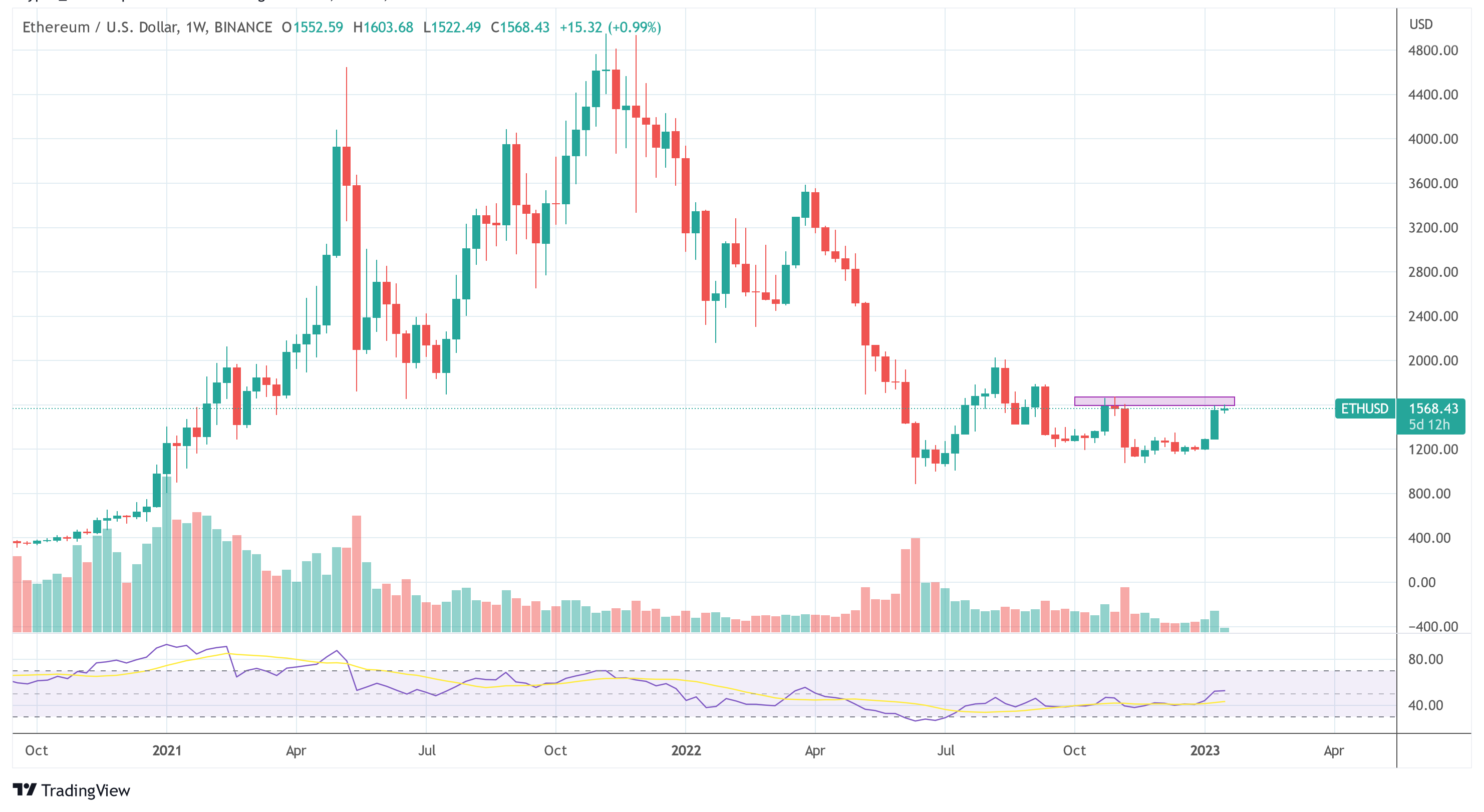With the “Merge”, the Ethereum blockchain successfully mastered the biggest upgrade in its history on September 15 last year. Even before the switch to Proof of Stake (PoS), investors were able to stake ETH to receive rewards.
However, the prerequisite was that a minimum of 32 ETH had to be staked and could not be accessed until the next upgrade, meaning the ETH could be unstaked. This changes with the Shanghai hard fork, which is tentatively scheduled for March this year.
As NewsBTC reported, the upgrade is not only causing excitement, but also concern that large investors may dump their ETH on the market when they can get their hands on their tokens for the first time in over two years, in some cases.
However, the narrative of a dump is a myth as most people still don’t know how the exit queue works. Researcher Westie posted a thread via Twitter to explain the mechanism.
According to him, the withdrawal period on Ethereum works dynamically and is not static like on other PoS networks (where there is a fixed withdrawal period for stakers, which on Cosmos, for example, is set at 21 days).
This Is Why An Ethereum Dump Won’t Happen
The period depends on how many validators drop out at a given time. In addition, Ethereum validators who exit the validator set must go through two stages: the exit queue and the withdrawal period.
The initial queue is determined by the number of all validators and the quotient of the churn limit, set at 2^16 (65,536). Assuming there are 500,000 validators, the churn limit would be set at 7 according the analysis:
500,000 / 65,536 = 7.62, which rounds down to 7.
This means that as the number of ETH validators increases, the churn limit also increases. It increases by 1 in each interval of 65536 (above the minimum threshold). Once a validator has successfully passed through the exit queue, the validator must also wait for a queue time based on when the validator is slashed.
“If the Ethereum validator was not slashed, this withdrawal period would take 256 epochs (~27 hours) If they were slashed, it would take 8,192 epochs (~36 days). This large discrepancy is meant to disincentive bad actors,” according to the analyst. Based on these parameters, Westie concludes:
If ⅓ of the entire validator set were to try and exit in one day, it would take at least 97 days to complete. To expect the same withdrawal time as most Cosmos chains, 21 days, it would take between 6.3% and 7.2% of the validator set to be in the exit queue at one time.
Nevertheless, the calculation is only an estimate. As the analyst explains, forecasting is difficult. However, there is a high chance that the queue will be very long at first, 70 days or more, because there is recycling of validators, according to the researcher.
The reason for this is that large players need to change their current Ethereum participation situation, as many of the practices from two years ago are now outdated – with better staking solutions available.
“However, over time I expect it to converge to a small but sustainable amount. I don’t expect the withdrawal period to be as large as Cosmos’ over a long enough time period, but we will certainly get a better gauge once the withdrawals are live,” the researcher says.
For the Ethereum price, this means that the chance of a dump because all stakers sell their ETH at the same time is close to zero. At press time, ETH was trading at $1,568, approaching the crucial weekly resistance around $1,600.

Featured image from Milad Fakurian / Unsplash, Chart from TradingView.com
















